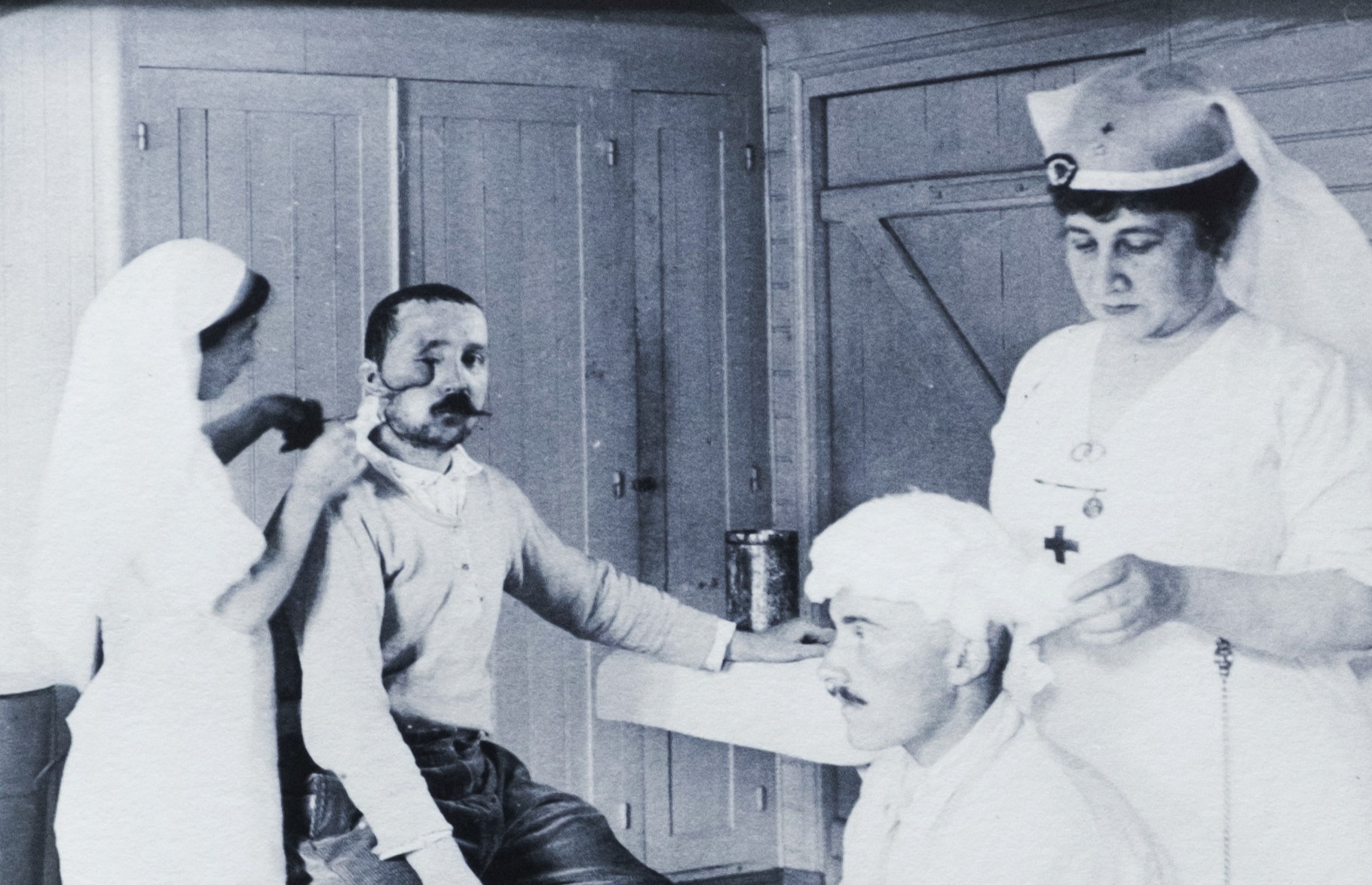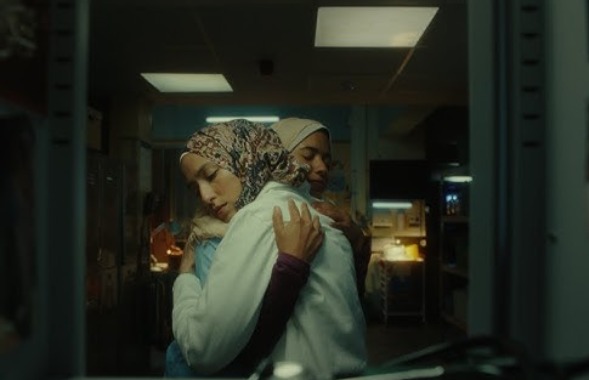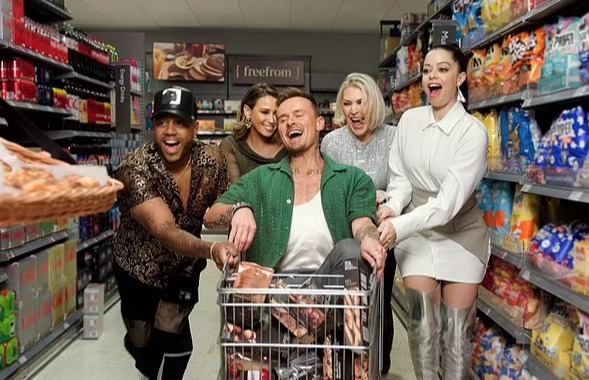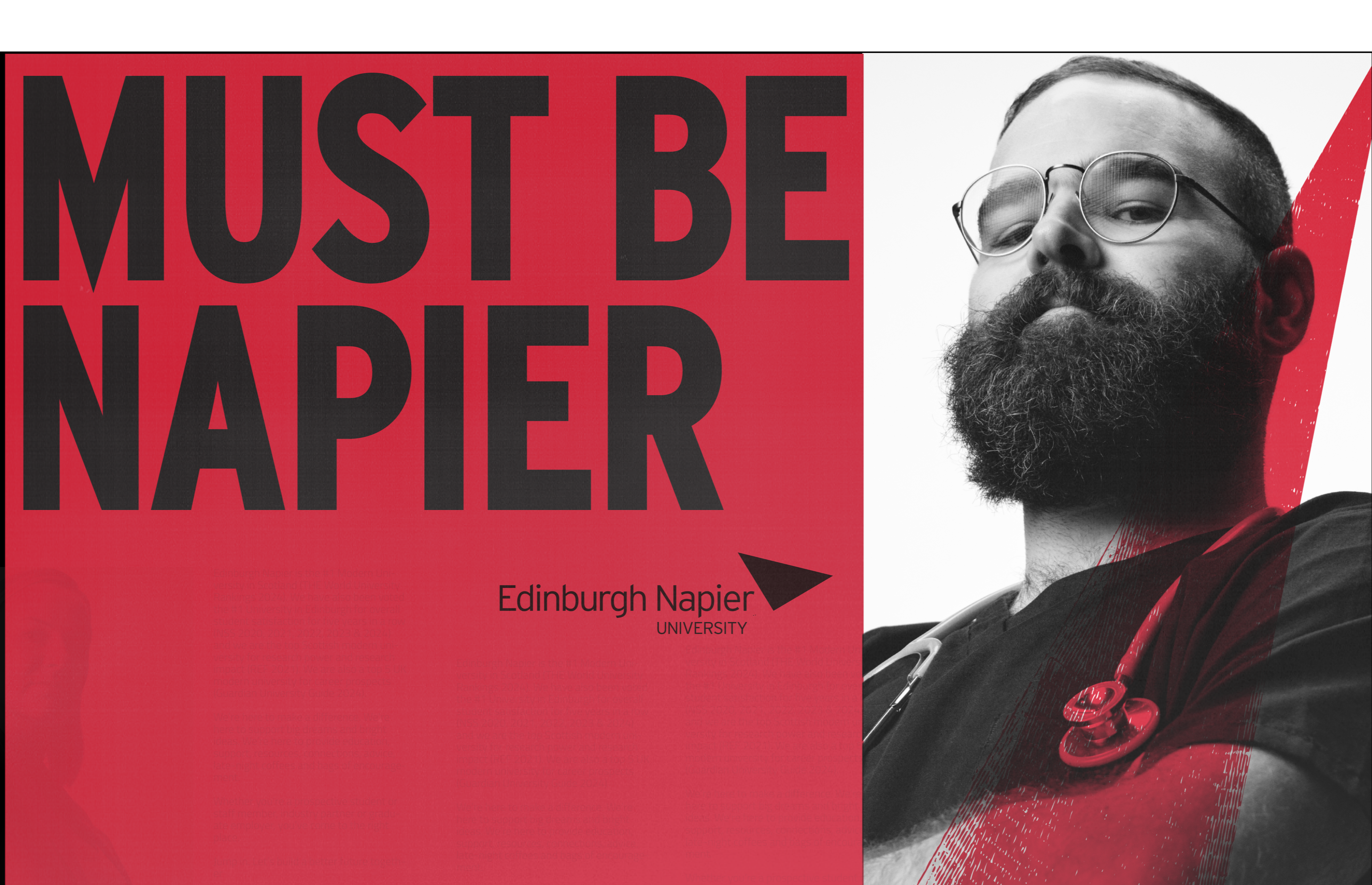
Progress after the pandemic

COVID-19 hit and people were told not to travel
In March 2020, the world stopped moving. Stopping the virus spreading meant minimising opportunities for transmission. Social-distancing, lockdowns, work-from-home guidance and travel restrictions put a pause on people’s lives – and train travel.
LNER is in the business of getting people to places. Telling people to stay at home affected the railways profoundly, resulting in 95% fewer passenger journeys nationwide. Train usage dropped back to levels not seen since the era of trains back in the mid-nineteenth century. LNER passenger volume followed suit, losing 17.5m annual journeys.
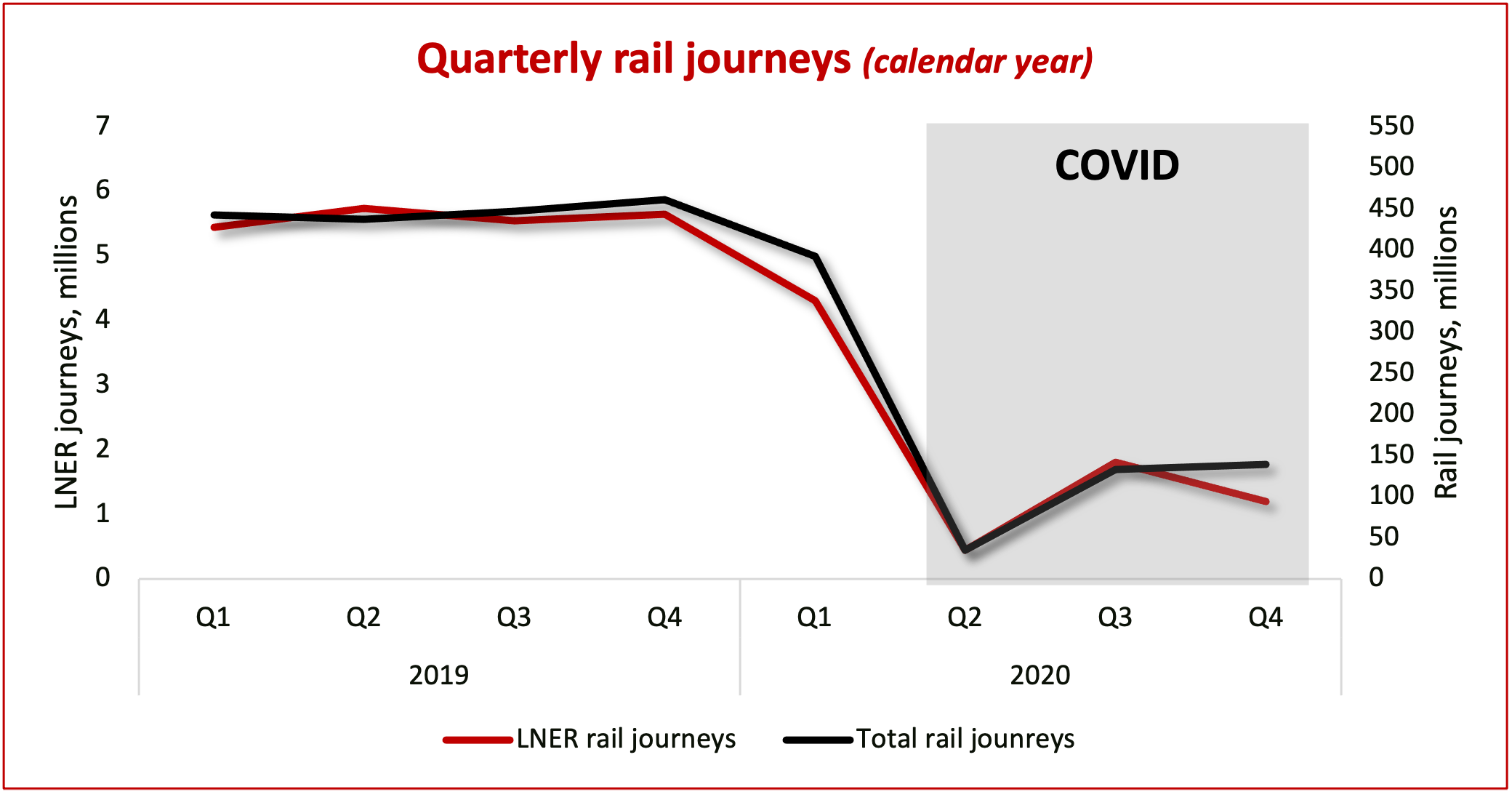
An audience in limbo.
After eighteen months of pandemic life, loosening restrictions presented a unique opportunity to help the nation re-discover normality.
People were still feeling stuck. They felt like their stop-start lives were buffering – a picture of what life could be but still not quite within grasp. This was driving a universal feeling of stagnation. And whether it’s being stuck at home, in traffic, in a job or in an unprecedented pandemic, no one likes that feeling.
When you feel stuck, getting on and making progress – even small wins – can make a huge difference to how you feel.
With this in mind, we distilled our audience insight into:
Feeling stuck sucks, but getting on feels good.
We would create an enemy out of feeling stuck, placing LNER as an antidote to ‘stuck’.
LNER was in a perfect position to do this: In 2019, LNER introduced its new fleet of Azuma trains which meant faster and more reliable journeys, offering more space and an increased number of seats, with the same great value fares.
This presented the opportunity to demonstrate how LNER was improving and evolving rail experience for the better, in a time when people had lost touch with the joys of long-distance train travel and forgotten how good train travel could feel.
This led to our brand truth:
LNER is investing in progress.
This brand truth and audience insight culminated in our strategic proposition:
Feel the power of making progress when you travel with LNER
Where many other brands might talk about the benefits of reconnecting, we recognised the opportunity to focus on the experience of travelling with LNER by bringing to life the progress our audiences can feel on a journey with us, whether that’s speeding past traffic rather than sitting in it or enjoying a warm coffee or tasty food delivered straight to their seat. Easy.

Apr 21 > Aug 21
With the gradual lifting of restrictions, we developed a supportive campaign to capitalise on people’s desire to reconnect. We steered keen travellers back to LNER by giving them a nudge to travel, whilst balancing reasons to travel with reassuring messages to those who were most hesitant.
LNER brand cues – the red route-line, typographic style and pre-COVID end line of This Is Our LNER – were used to help people identify LNER communications.

Online video.

Social.
Media investment gradually increased reach as restrictions eased. Chosen formats were designed to portray LNER as a leader. OOH copy was tailored to location and a portfolio of optimised digital channels across OOH, VOD, radio and online, allowed clever tailoring of messages to the changing situation.
Sep 21 > Apr 22
Creative moved beyond the cluttered reconnection space and positioned LNER as the transport mode of choice when they want to feel progress. To do this, we centred on LNER’s red train seat as the icon of LNER travel, and in doing so, made an underutilised asset a brand device. Front and centre was a new AV ad reminding people of the benefits of a long-distance journey with LNER.
Placing the seat in unexpected places, from a cinema to a café, to an office, gave us a playful way to showcase onboard experiences such as streaming a film, ordering a coffee straight to your seat, or simply getting your work done
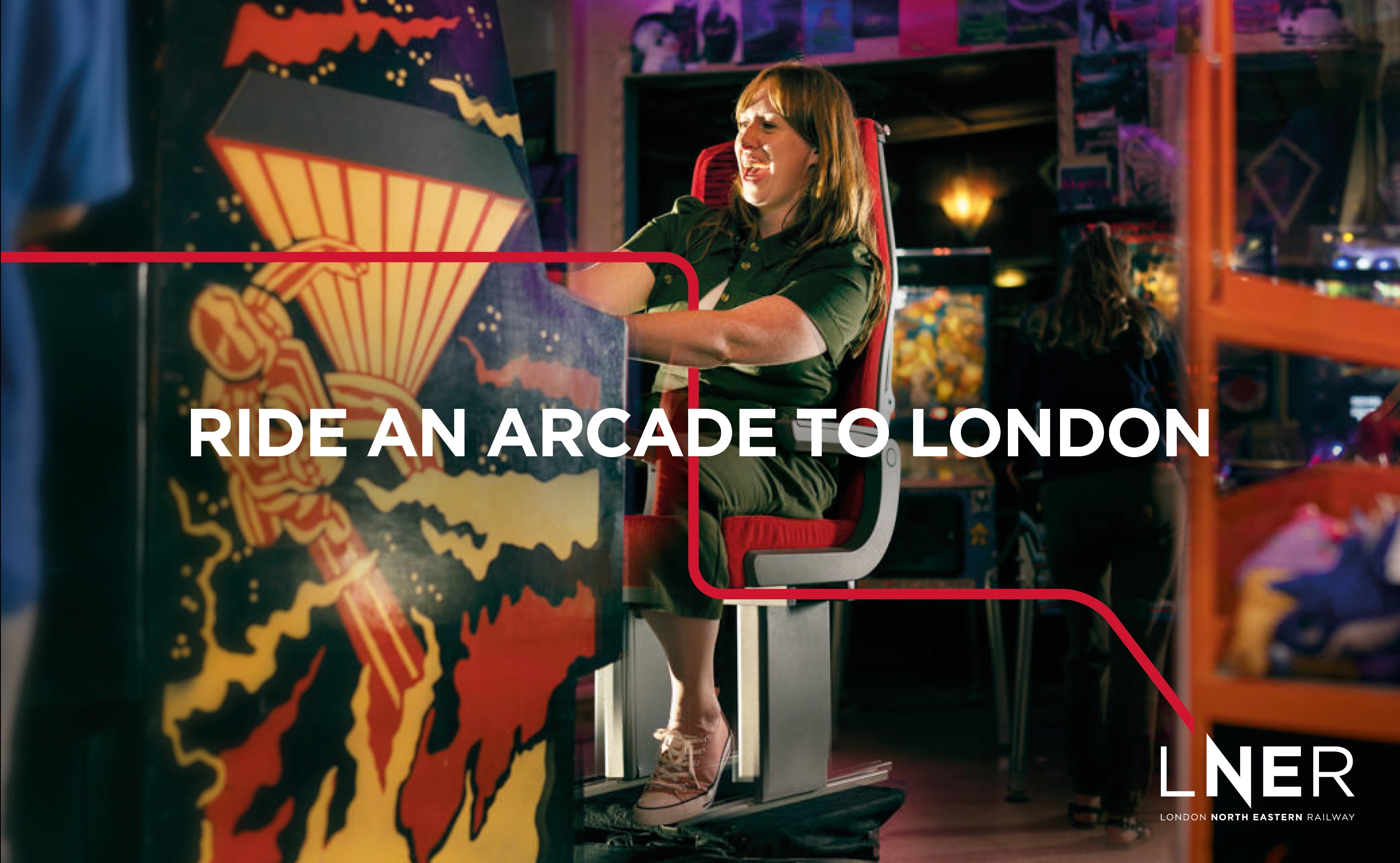
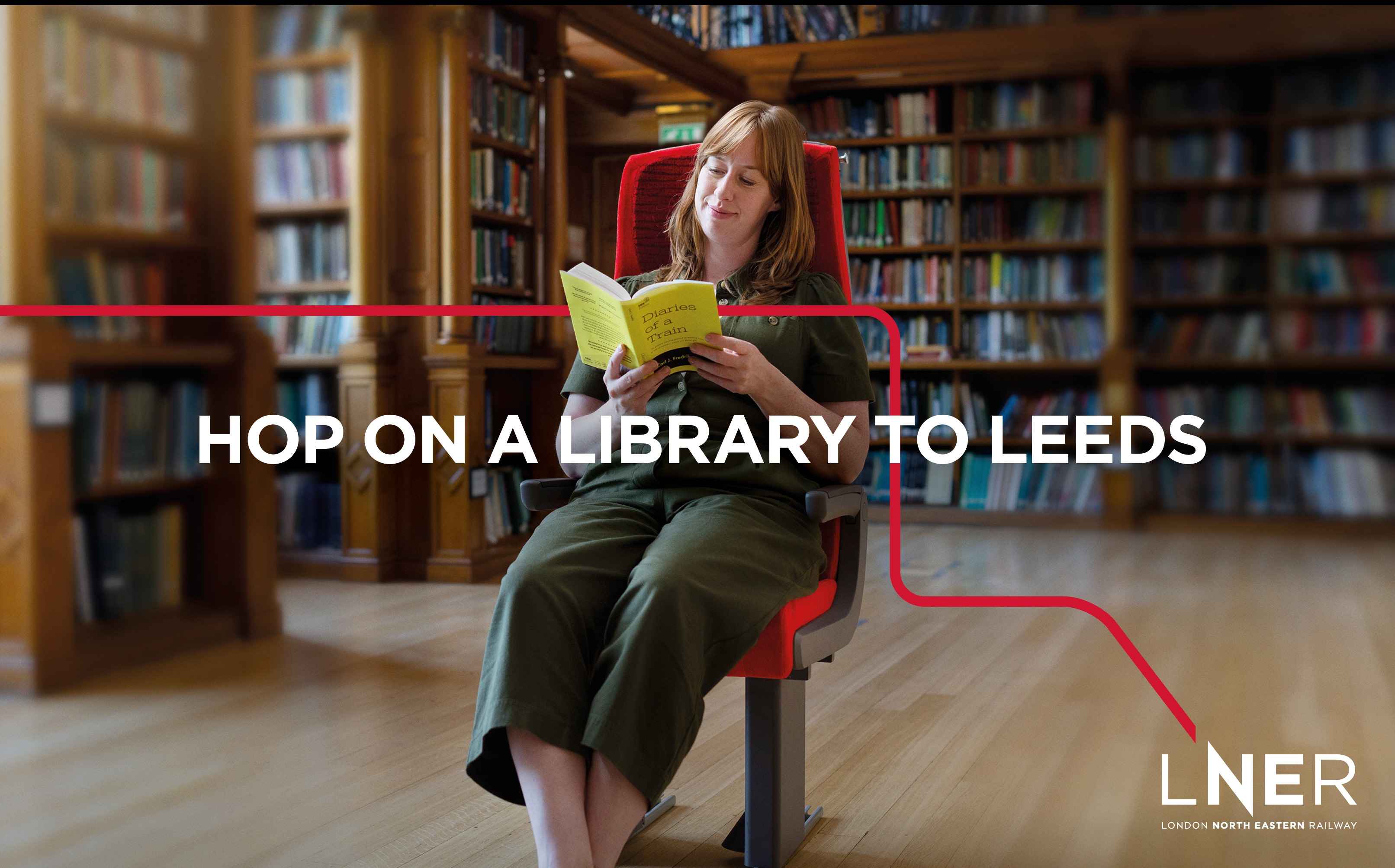
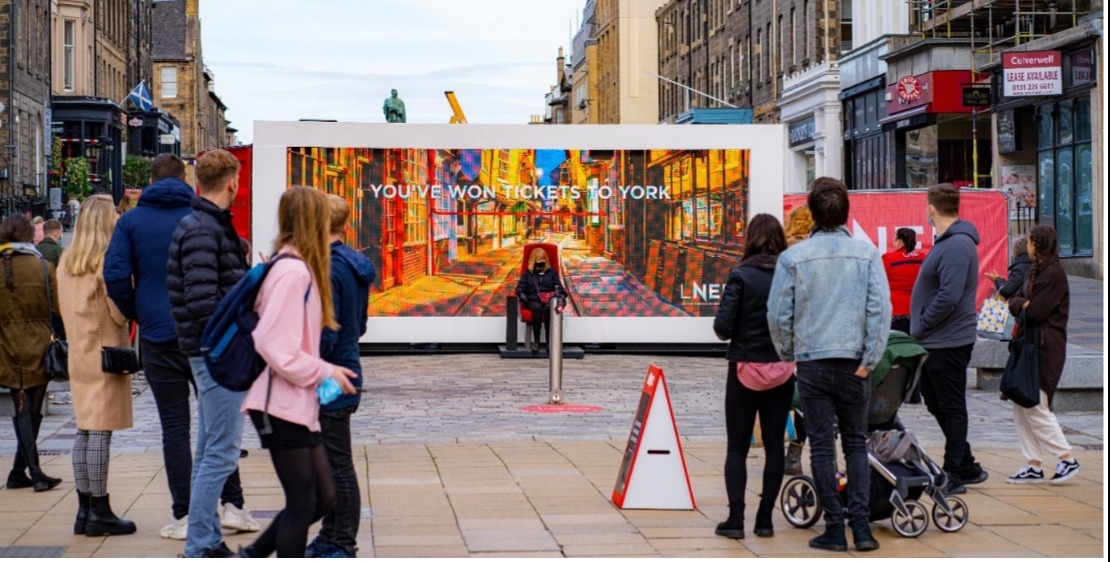
May 22 > Dec 23
Our use of AV, OOH and audio enabled us to dominate attention up and down the East Coast. But it was also time to take on our biggest competitors: the car and the plane.
Our audience continued to crave progress, but with the pandemic mentality easing older barriers to getting on started to re-emerge, like traffic congestion, carbon footprint or an airport miles from the city centre. The benefits of travelling with LNER were starting to stack up favourably for travellers compared to their experiences travelling by road and air.

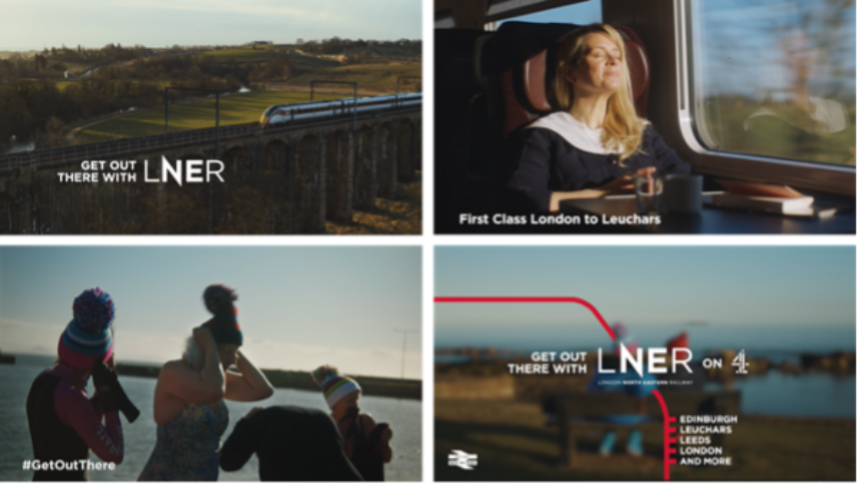
RESULTS: An unprecedented recovery, powered by communications
LNER recovered all of the lost journeys and they recovered the journeys quicker than planned.
LNER recovered all lost long-distance journeys within just eighteen months of the campaign starting, despite strikes, engineering works, new variants, fast-changing regulations and lockdowns.
LNER recovered the journeys quicker than other Long-Distance Train Operators. In fact, at every point, LNER’s journey recovery was higher than competitors.
If LNER had recovered at the same rate as other long-distance train operators, 13.7m fewer passengers would have travelled on its services over the campaign period from April 2021 to December 2023.
In the first six months of recovery, LNER’s media investment was 60% of the equivalent period before COVID, significantly greater than similar long-distance train operators and those serving the same geographic area.
Train companies who recovered advertising spend between April and September 2021 also recovered more journeys. But LNER recovered even quicker than expected.
Share
LNER "Progress after the pandemic"
In 2020, COVID-19 hit rail travel hard. Travel restrictions cost LNER (London North Eastern Railway) 17.5m annual journeys in the year after the pandemic hit, resulting in people feeling stuck. We would create an enemy out of this feeling, placing LNER as an antidote to ‘stuck'
Sector
Users who viewed this work also looked at:



